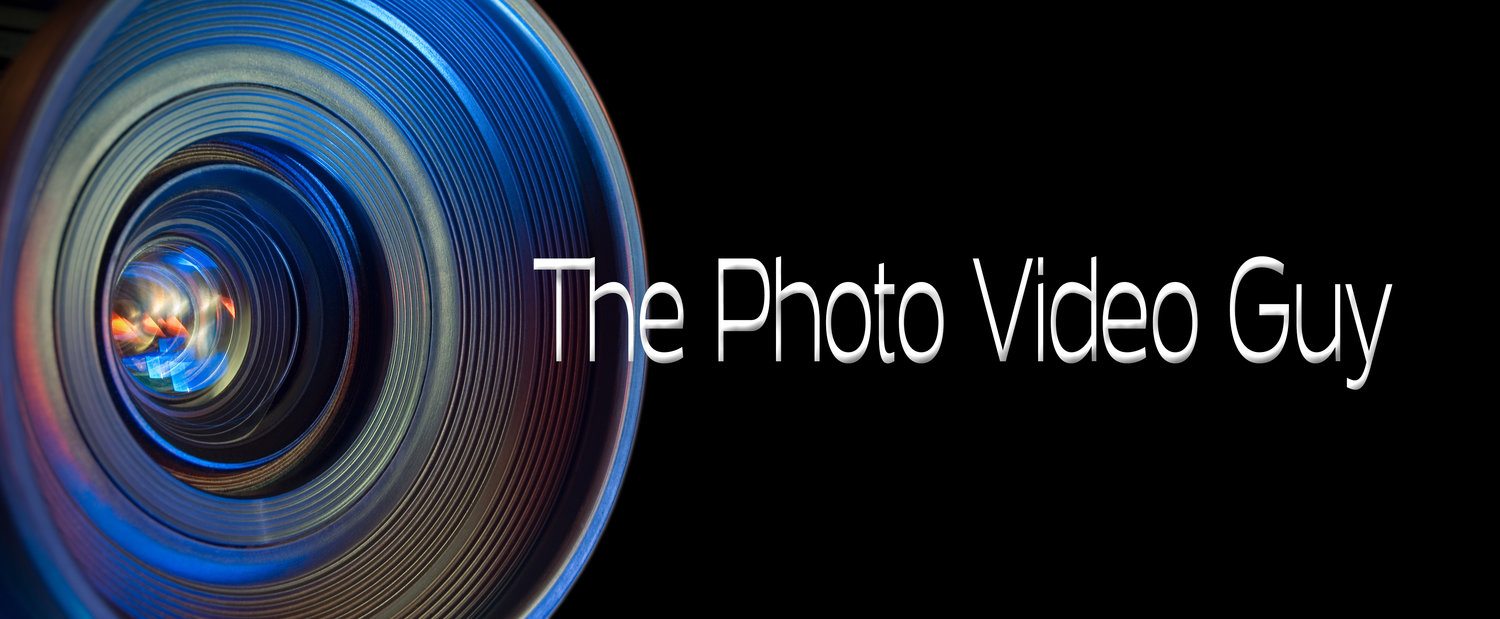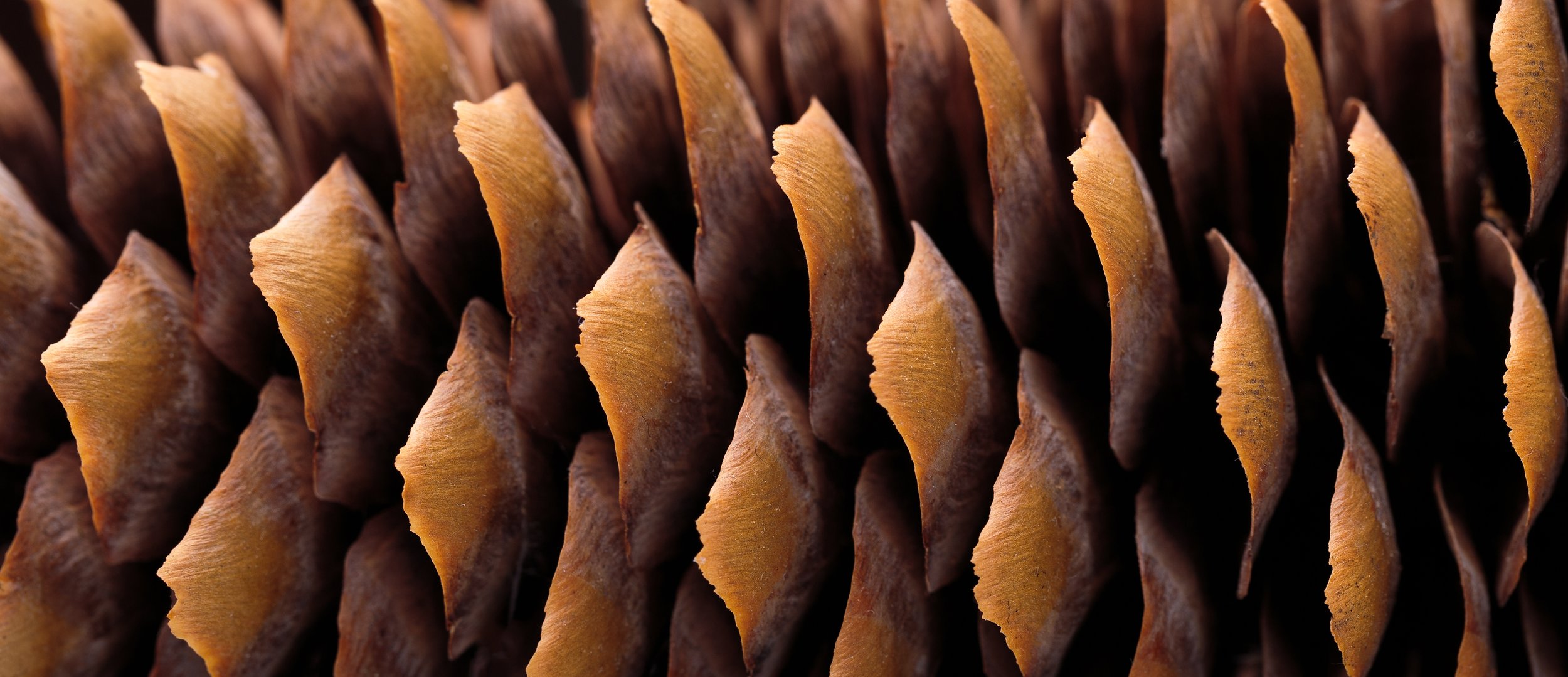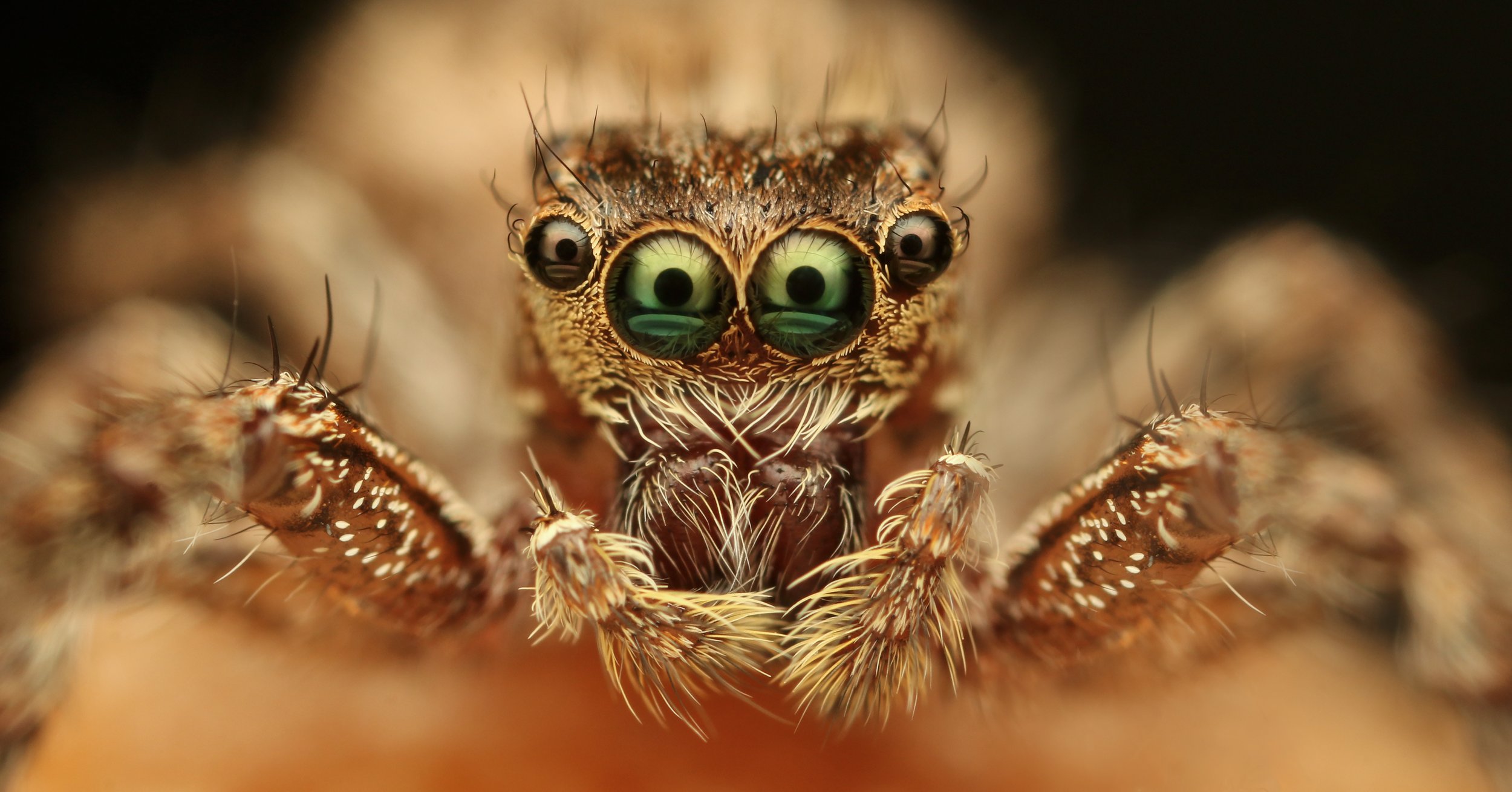There's Nothing to Photograph...
/How many times have we heard this, or said it ourselves. When I was involved with KelbyONE, Scott used to say that for interesting photographs you had to put interesting subjects in from of your camera.
I agree. But what if you wanted to do that without the expense and challenge of going somewhere? What if your time was limited? What if you were in a rut, and just wanted a push or pull to get moving?
Earlier this week I had the honour to present to a camera club in Western Canada. In so doing, I reminded the attendees and myself, that there is a world of subjects close at hand.
And by close, I mean that in all senses of the word.
Yes closeup and macro photography opens new photographic story telling opportunities easily and cost effectively.
The thing is, we see subjects every day, but typically fail to observe them. Take the header image for example. Participants figured out pretty quickly that it is a pine cone. But how many of us had ever taken the time to observe a pine cone, for the symmetry, the balance, the pattern, the repetition and the flow of light and shade?
Experience and history says we miss these opportunities too often.
How many times have you made an image of a flower that you thought was beautiful but on viewing the image and even after editing, you are honest with yourself and say, ok, beautiful flower. And then what?
Change our observation path. Get inside the flower. Or focus on the textures, the patterns and the gradients in a petal. What about a leaf? By November, I am sick of the darn things because I have to rake and mulch and get them off the lawn. But it I were to invest the time in observing the leaf, in the context of its structure, form and what makes it a leaf, do I have an opportunity to find a photograph in there? Sure I do.
I’m a berry lover. I buy berries every week. But if I chose to stop before consuming one, what can I observe close up and potentially magnified that reveals a different world, an unnoticed plane of existence?
I had a colleague who loved insects and arachnids and all the critters that filled his world as an entomologist. Sure studying these creatures was his day to day, but he also discovered the world within their world when he started doing serious macro work with his subjects. I don’t need to see a spider’s face that large. Spiders and I have a simple coexistence. They leave me alone and I do the same for them, but what if your perspective is different?
If you have a macro lens, great, but you can get into close up and macro with any lens of standard focal length or longer and a set of extension tubes. The extension tube, or combination of tubes, goes between the lens and the camera body. It allows you to get closer than the lens will on its own, and also allow for greater magnification of your subject. Focal length ceases to control magnification and instead controls how close or how far you can be and still make the image you want.
Sure you can spend a lot of money in this space, but to get started all you need is a camera, a suitable lens, a set of extension tubes and some way to keep the camera steady as you get close to your subject.
Go for the close up. It is massively empowering.
All the images used in this article are licensed from real photographers. No AI crap.
Please become a member on Patreon to help support this channel. A big thanks to all the existing Patreon members! Send in comments or questions, I read and respond to all. If you shop with B&H Photo Video, please use the link on the main page as it pays me a small commission and does not cost you anything to do so. Thanks again and we will see each other again soon.












